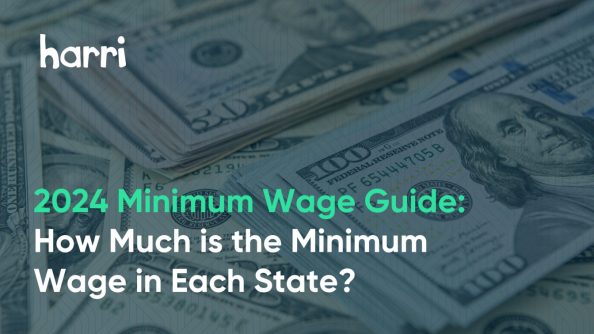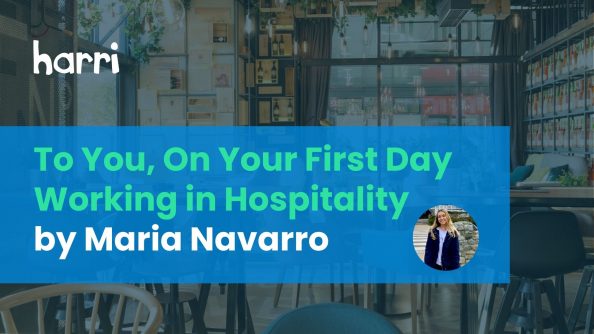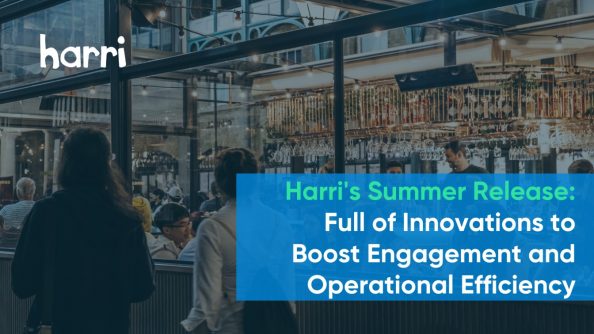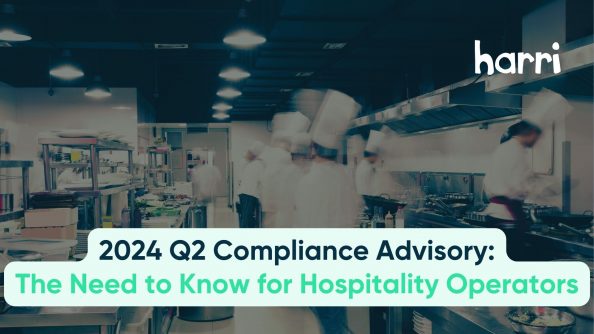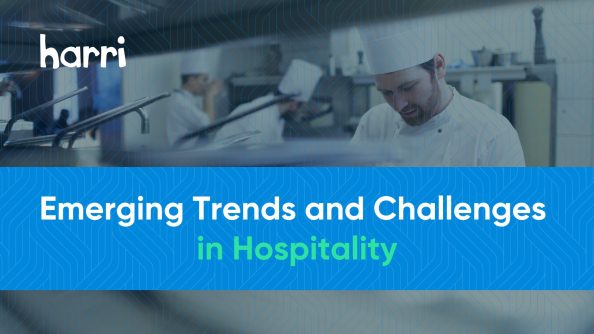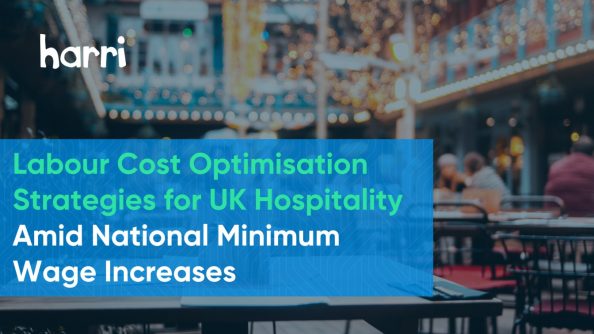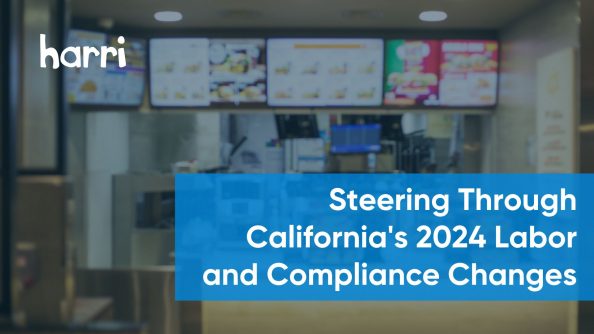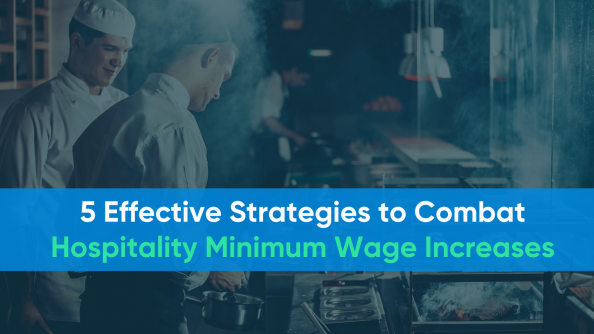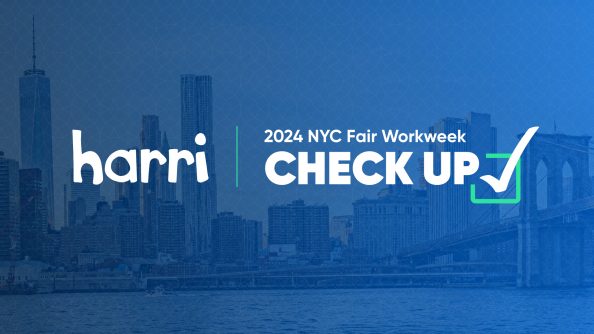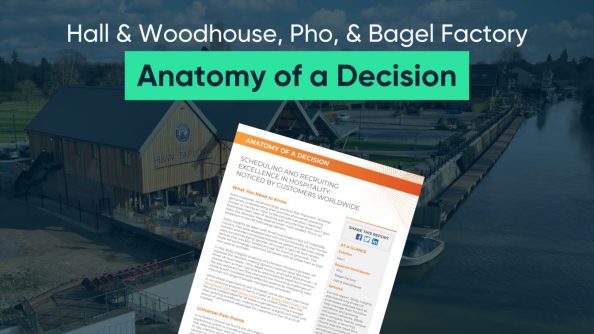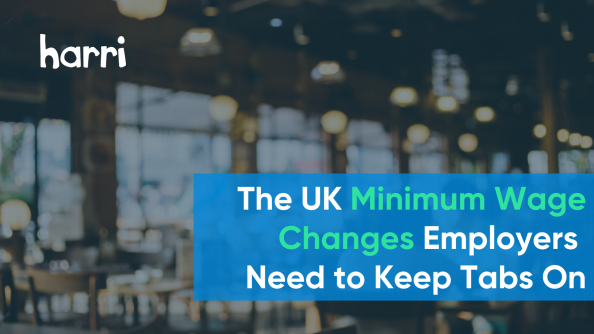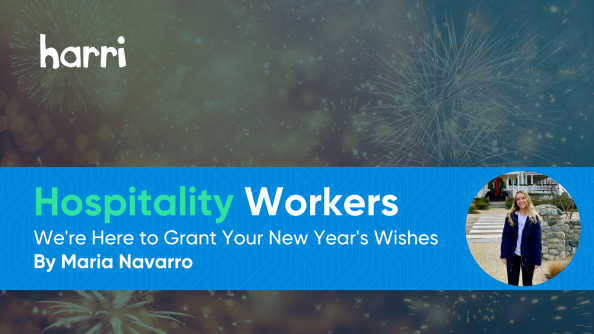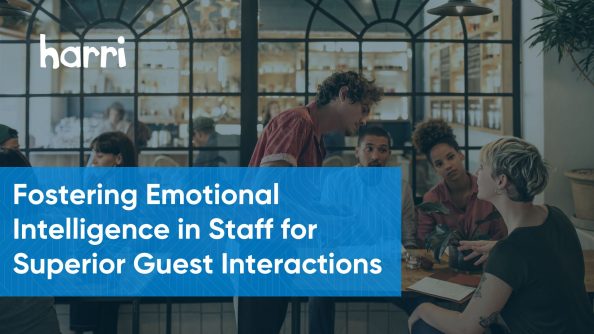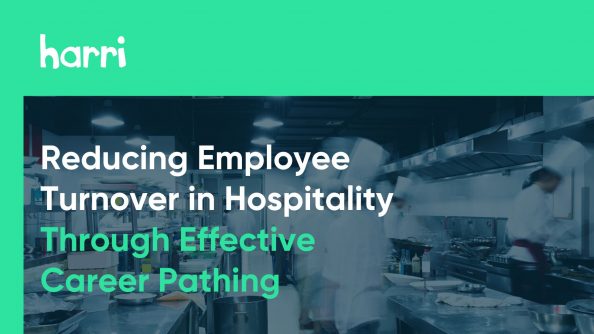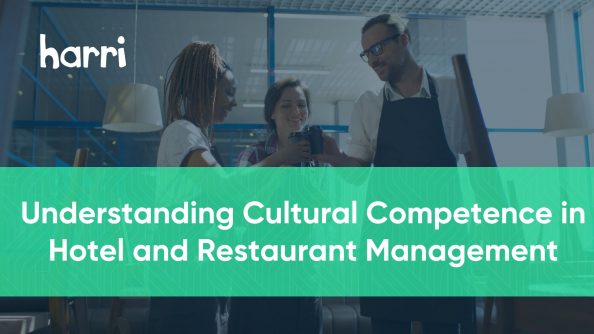Hospitality Vacancy Rates: Lifting The Gloom
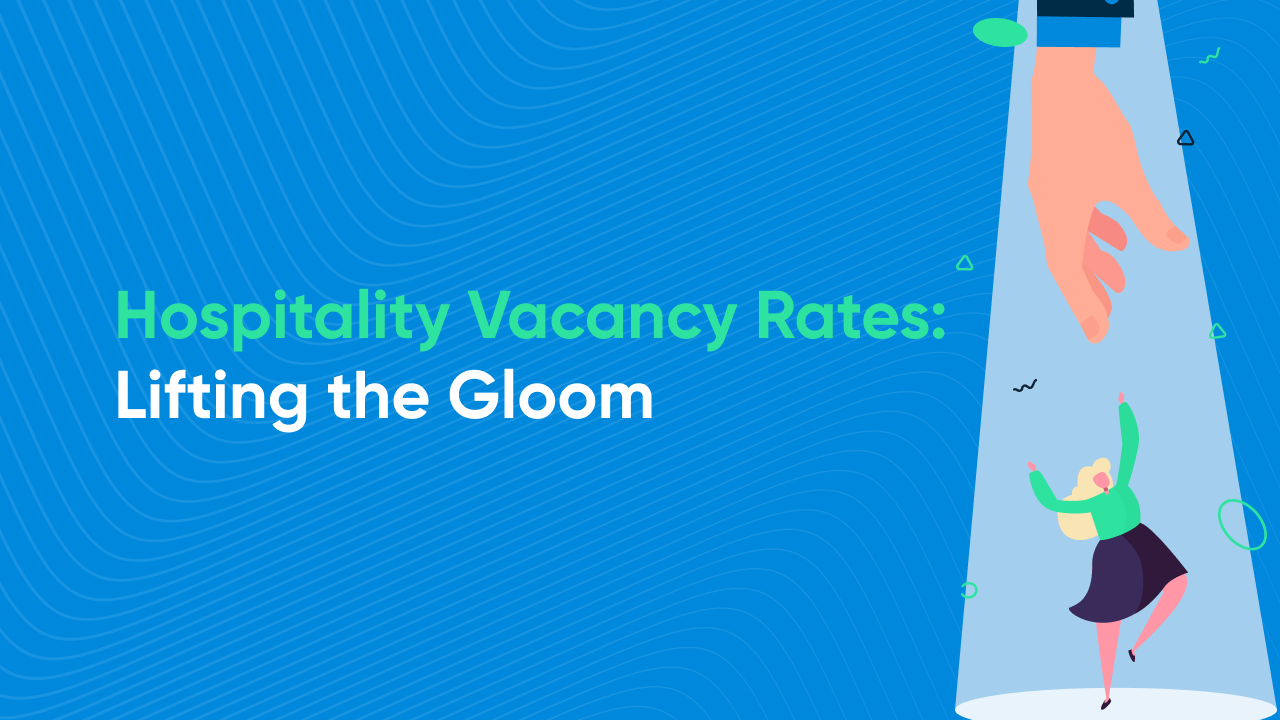
- By Harri Insider Team | August 10, 2021
It seems everywhere you look there is another article talking about staff shortages in the hospitality industry. Instances of Michelin starred restaurants unable to offer both lunch and dinner seatings through lack of staff even made national headlines. At a time when the industry should be engaging its turbo and surging into the distance fuelled by reduced COVID restrictions, it must feel for some like someone swapped out their top of the range Pirelli tyres for a set of pram wheels. Is this just a glitch on the road back to profitability or, particularly in light of Brexit, the face of things to come? We thought we’d check out the data for ourselves.
The Numbers
At first glance, the vacancy numbers look large.
According to data from the Office of National Statistics, from April to June 2021 there were an estimated 862,000 vacancies in the UK: an increase of 9.9% or 77,000 on pre-pandemic levels (Jan-Mar 2020). In the hospitality sector specifically there were increases in estimated vacancies from 73,400 (Jan-Mar 2021) to 102,00 vacancies (Apr-June 21). These estimated 102,000 vacancies were an increase of 21.1% or 17,800 vacancies on pre-pandemic levels (Jan-Mar 2020), the largest percentage increase of all the sectors surveyed. Retail by comparison is still posting 16.8 % fewer vacancies than it was for the pre-pandemic period.
For those currently looking for staff, when faced with vacancies of this scale, in tandem with the additional challenges of the “pingdemic,” the picture might feel bleak. However, we think it’s not all bad news. They say good things come in threes, so, here are 3 reasons not to panic about the current staff shortages.
1. Higher Unemployment Rate
High vacancy rates are nothing new to the hospitality sector which has been managing with vacancy rates of around 90,000 since 2017. And, perhaps more importantly, current labour market conditions should improve the odds of successfully filling these vacancies.
In February 2020 the unemployment rate was in the region of 3.9%. It currently stands at around 4.8%. Economists would classify the bulk of that increase as cyclical unemployment – in other words, people who are temporarily out of work due to a large-scale economic event and not because they lack the necessary skills to compete successfully in the workplace. There is, therefore, a large group of skilled people currently looking for work. Given these more favourable conditions, it is likely that some of the current staff shortages are more about the shock effect of high numbers of vacancies flooding the system simultaneously in response to the abrupt ending of the COVID restrictions.
The challenge with high vacancy rates is harvesting candidate liquidity. Carri is a conversational ambassador that helps you engage, screen and schedule best-fit candidates with action-oriented messages, proactively reaching out to candidates and neatly integrates with Harri’s Talent Acquisition Suite, removing the friction of acquiring talent, at any scale.
2. Existing Capacity Within the Hospitality Sector
Looking within the hospitality sector itself there may also be under-utilised capacity.
Furlough
The furlough scheme was a lifesaver for much of the hospitality sector with more than 1.6m of staff in the sector recorded on the scheme in April 2020. It is a testament to the resilience of our industry that in the last 2 months (pre 19 July ending of COVID restrictions), hospitality has reduced its reliance on the furlough scheme from that peak to approximately 34% – around 590,000 people – in mid-May down to an estimated 10% by mid-July 2021.
However, that does still leave somewhere in the region of 200,000 people employed in the hospitality sector who remain on part or full furlough. What more can be done to reintegrate those people fully back into the actively working population? And where those jobs are no longer required, it must be time to look at ways to release those skilled workers – preferably for reemployment within the hospitality sector.
Average Hours
Before the pandemic, the average hours worked within the sector per week was 25. In spring 2020 and then again at the beginning of 2021, those hours dropped to 13 per week. Those numbers have thankfully increased somewhat and are now up at around 19 hours per week. We need to look at where that residual capacity is located.
Hospitality businesses using intelligent scheduling are benefiting from offering a much more flexible pattern of work sought by many people post-pandemic, and with predictive labour control, it can also focus on the spare capacity available to be utilised.
These Harri modules are available as part of the Workforce Management solution and will assist Operators to manage and control labour in these unpredictable periods of time by maximising sales by building schedules that generate optimal labour mixes for your unique concept, location or brand.
3. More Capacity Likely in the Short to Medium Term
There are two policy interventions likely to improve the pool of suitable workers over the next couple of months. The first is the further reduction in the Government support available under the furlough scheme. This support has already dropped to 60% of an employee’s earnings as of 1 August. The Scheme is due to end 30 September 2021. As it winds down and the burden for funding these furloughed jobs increasingly transfers back to the employer, those jobs no longer viable from other sectors will end, releasing that skilled labour back onto the job market.
The second intervention is the UK Government commitment that all those over 18 years old will be able to have both their COVID vaccines by the end of September 2021. This should reduce much of the remaining reluctance to return to hospitality roles especially for those younger people – who make up the lion’s share of frontline hospitality workers – who have not yet had the opportunity to have both vaccine jabs.
In conclusion, there is much to look forward to on the job front over the coming months and many candidates out there who will be suitable for your vacancies. It will be important for you to think creatively about the transferability of their skills which may not meet your traditional expectations. Harri will help you build your candidate liquidity pipeline with the Talent Acquisition module.

